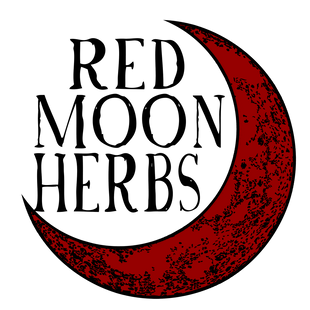by Corinna Wood
Some of you may know the quarterly holidays fairly well – Spring and Fall Equinox as well as Winter and Summer Solstice. If the year were charted in a circle, these points make a cross both down the vertical middle and through the horizontal center of the circle. Between each of these points are what’s known as cross quarterly holidays. These are Imbolc (early February), Beltane or May Day, Lammas (early August) and Halloween or Samhain, which falls halfway between Fall Equinox and Winter Solstice.
In times of old, the cross quarterly holidays closest to Winter Solstice (Samhain and Imbolc) were celebrated on the new moon and those cross quarterly holidays closest to Summer Solstice (Beltane and Lammas) were celebrated on the full moon. So this year, by today’s solar calendar, the fixed date of Halloween is, of course, Wednesday, October 31st; but if we were to celebrate it in the old ways, it would be November 13th, the date of the new moon, also known as Lunar Halloween or Lunar Samhain.
I love the holiday times that fall around Halloween–I delight in watching the kids in my rural community walk through the woods from house to house to trick-or-treat. It also a marks the time of the year that moves into the darkness, winter, and inward quiet time, which is precious to me, my work, and my family. Further, as is known in many other modern cultures, this is the best time to honor and remember our dead. It is often said that the veils between the worlds are the thinnest at this time making it an opportune time to learn about, create, or attend Day of the Dead ceremonies.
 From a preparation-making perspective, this is the beginning of the root harvest. The bulk of our harvest takes place in November and December when perennial plants send their energy down below the ground for the winter. We’ll soon be harvesting dandelion, yellow dock, poke, burdock, echinacea, and comfrey roots.
From a preparation-making perspective, this is the beginning of the root harvest. The bulk of our harvest takes place in November and December when perennial plants send their energy down below the ground for the winter. We’ll soon be harvesting dandelion, yellow dock, poke, burdock, echinacea, and comfrey roots.
 From a preparation-making perspective, this is the beginning of the root harvest. The bulk of our harvest takes place in November and December when perennial plants send their energy down below the ground for the winter. We’ll soon be harvesting dandelion, yellow dock, poke, burdock, echinacea, and comfrey roots.
From a preparation-making perspective, this is the beginning of the root harvest. The bulk of our harvest takes place in November and December when perennial plants send their energy down below the ground for the winter. We’ll soon be harvesting dandelion, yellow dock, poke, burdock, echinacea, and comfrey roots.






